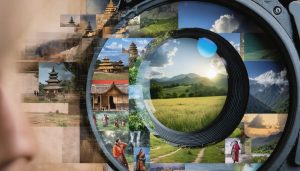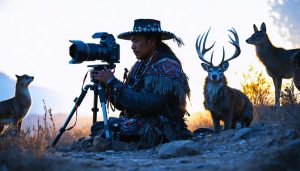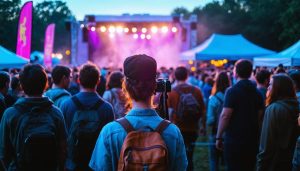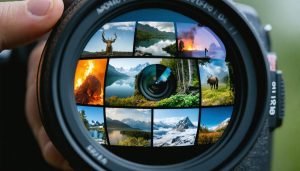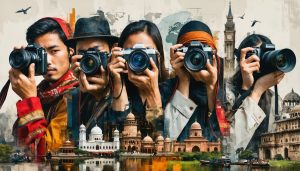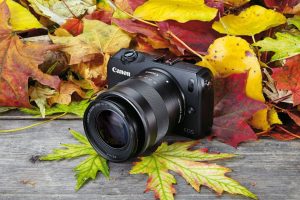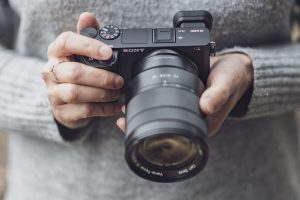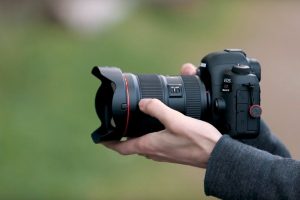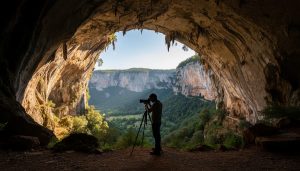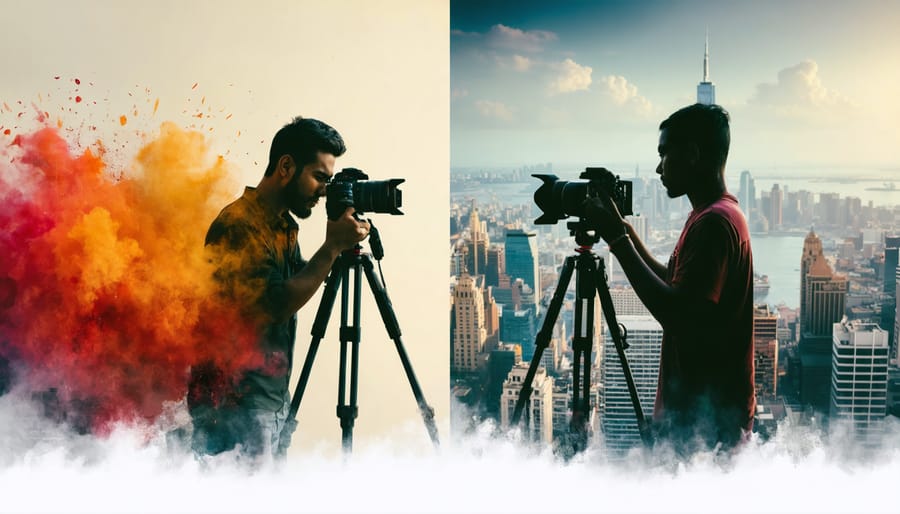
Cultural diaspora transforms photography into a powerful bridge between worlds, capturing the intricate dance of identity, displacement, and belonging through the lens of cultural perspectives in photography. As communities scatter across continents, photographers document not just physical migrations but the invisible threads that connect people to their ancestral homes, creating visual narratives that span generations and borders.
Through the viewfinder, diaspora photographers capture both loss and renewal – traditional ceremonies performed in modern cities, ancient customs adapted to new landscapes, and the subtle ways cultural identity evolves when transplanted to foreign soil. Their work serves as both artistic expression and historical record, preserving cultural memories while exploring how identity transforms across time and space.
This intersection of photography and cultural diaspora opens new creative possibilities, challenging photographers to develop innovative techniques that capture the complexity of displaced communities. From incorporating traditional symbolism into modern compositions to experimenting with multiple exposure techniques that layer past and present, these artists are pushing the boundaries of visual storytelling while documenting crucial chapters in human migration and cultural preservation.
The Lens of Displacement: Understanding Diaspora Photography
Cultural Memory Through the Viewfinder
Through their lenses, diaspora photographers capture more than just images – they preserve the essence of their cultural heritage for future generations. These visual storytellers use their cameras to document traditions, celebrations, and daily life that might otherwise fade into obscurity. By sharing migration stories through photography, they create powerful narratives that bridge geographical and temporal distances.
Many photographers in diaspora communities employ specific techniques to evoke cultural memory. They might use warm color grading to reflect the golden light of their homeland, or deliberately frame compositions to mirror traditional art forms. Some focus on intimate portraits that capture the weathered faces of elders, while others document the fusion of old traditions in new settings.
The craft becomes particularly poignant during cultural celebrations, where photographers balance technical expertise with cultural sensitivity. They know exactly when to capture the decisive moment: the precise instant when a traditional dancer’s movement peaks, or when the light falls perfectly on ceremonial objects. This careful documentation serves not only as art but as a vital archive of cultural evolution and resilience.
Bridging Worlds: The Dual Identity in Images
Through their lenses, diasporic photographers craft visual narratives that bridge their ancestral roots with their present-day lives. These artists often find themselves in a unique position, simultaneously documenting two worlds while creating something entirely new. Their work frequently explores themes of belonging, memory, and cultural evolution through carefully composed images that speak to both their heritage and adopted home.
Many photographers in diaspora communities use traditional elements from their ancestral culture – whether it’s specific lighting techniques, compositional rules, or symbolic objects – and blend them with contemporary approaches from their current environment. For instance, a Chinese-American photographer might incorporate traditional ink painting aesthetics into modern street photography, creating a distinctive visual language that resonates with both cultures.
This dual perspective often manifests in compelling photo series that document family traditions, cultural celebrations, and everyday life through a nuanced lens. The resulting images serve not only as artistic expressions but also as valuable historical records of communities in transition, capturing the delicate balance between preservation and adaptation that defines the diasporic experience.
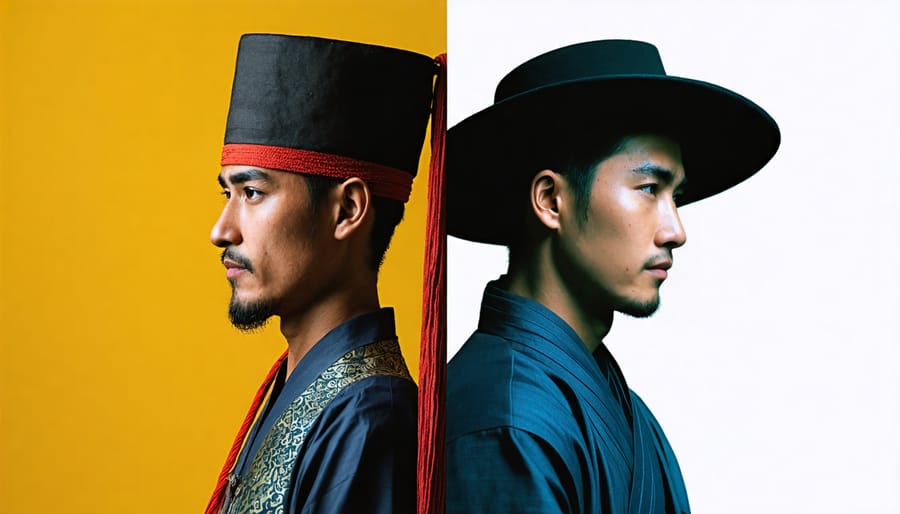
Technical Evolution in Diaspora Photography
Cultural Aesthetics in Camera Settings
Cultural preferences significantly influence how photographers approach their camera settings, creating distinct visual signatures across different communities. For instance, many East Asian photographers often gravitate towards higher key settings and softer contrast, reflecting aesthetic principles that value subtlety and harmony. This approach stands in stark contrast to the bold, high-contrast preferences commonly found in contemporary Western photography.
In Latin American diaspora communities, photographers frequently employ warmer color temperatures and increased saturation to capture the vibrancy of their cultural heritage. Similarly, indigenous visual storytelling often incorporates specific exposure techniques that honor traditional relationships with light and shadow.
These preferences extend beyond basic exposure settings. Many Middle Eastern photographers, for instance, tend to favor wider apertures to create a dreamy, ethereal quality that echoes traditional artistic expressions. Meanwhile, African diaspora photographers often utilize dynamic range settings that better capture darker skin tones, challenging the historical bias in camera technology.
The influence of cultural aesthetics on technical choices isn’t just about personal preference—it’s about visual identity and representation. Understanding these nuances helps photographers better serve diverse communities while preserving authentic cultural expressions through their technical decisions. As camera technology evolves, these cultural preferences continue to shape how different communities document their stories and experiences through the lens.
Modern Tools for Cultural Documentation
Today’s digital landscape offers unprecedented tools for diaspora communities to document and preserve their cultural heritage. Smartphones equipped with high-quality cameras have democratized photography, allowing community members to capture daily life, celebrations, and traditions instantly. Social media platforms serve as living archives, where cultural stories unfold through photos, videos, and personal narratives.
Cloud storage solutions have revolutionized how communities preserve their visual history, creating virtual museums accessible to scattered family members across continents. Collaborative digital platforms enable multiple generations to contribute to shared albums, adding context and stories to family photographs, while AI-powered translation tools help bridge language barriers in documentation.
Digital curation tools and apps specifically designed for oral history recording have become invaluable for preserving elder stories and traditional knowledge. Virtual reality and 360-degree cameras are emerging as powerful means to create immersive experiences of cultural spaces and ceremonies, allowing distant community members to feel present during important events.
Professional-grade editing software has become more accessible, empowering community photographers to enhance their documentation while maintaining authenticity. Additionally, blockchain technology is beginning to play a role in verifying the authenticity of cultural artifacts and creating permanent digital records of community heritage.
These modern tools not only preserve cultural memory but also foster connection and understanding between dispersed community members, ensuring traditions endure across generations and geographical boundaries.
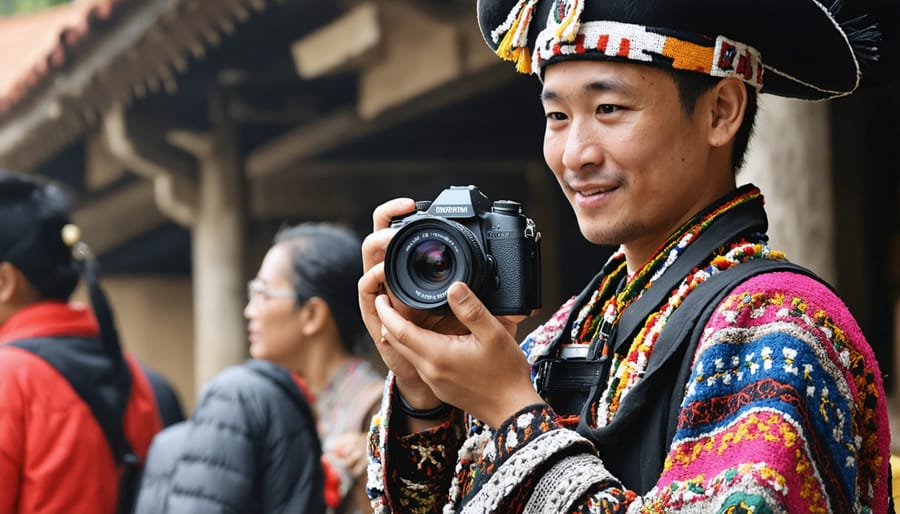
Global Impact and Digital Platforms
Social Media’s Role in Diaspora Photography
Social media platforms have revolutionized how diaspora photographers share their stories and connect with their communities worldwide. Instagram, in particular, has become a powerful tool for documenting cultural experiences, with hashtags like #DiasporaPhotography and #CulturalHeritage creating virtual galleries of shared experiences.
These digital platforms offer unprecedented visibility to photographers who capture the nuances of living between cultures. A photographer in London can instantly share images of traditional ceremonies with family in Lagos, while audiences worldwide gain intimate glimpses into these cultural intersections. This immediate connection helps preserve cultural memories and creates contemporary visual narratives of diaspora experiences.
The democratizing nature of social media has also challenged traditional gatekeepers in photography. Emerging diaspora photographers no longer need traditional gallery representation to reach their audience. Instead, they can build engaged communities around their work, connecting directly with people who relate to their visual stories.
Platform features like Instagram Stories and Facebook Live allow photographers to share behind-the-scenes moments and cultural context, adding deeper meaning to their images. These tools help create more immersive narratives, explaining cultural symbols and traditions that might otherwise be lost on broader audiences.
However, this digital showcase comes with responsibility. Many diaspora photographers are now conscious of their role as cultural documentarians, carefully considering how they present their heritage to a global audience while maintaining authenticity and respect for their communities.

Cross-Cultural Visual Dialogue
Photography has become a powerful medium for cultural exchange, particularly within diaspora communities who are actively reshaping visual language through their unique perspectives. This cross-pollination of photographic styles has created fascinating hybrid aesthetics that blend traditional cultural elements with contemporary techniques.
Consider how Japanese-American photographers have merged the minimalist principles of wabi-sabi with urban street photography, or how Indian diaspora artists incorporate vibrant color theories from traditional festivals into modern portrait photography. These fusion approaches aren’t just artistic choices – they’re visual conversations between cultures.
We’re seeing this dialogue manifest in technical choices too. African diaspora photographers often adapt high-contrast techniques to capture darker skin tones beautifully, challenging conventional exposure methods and creating new standards for portraiture. Meanwhile, Middle Eastern photographers in Western countries are experimenting with harsh desert lighting techniques in urban environments, creating striking architectural photographs that bridge their dual cultural experiences.
The rise of social media has accelerated this exchange, allowing photographers from different diaspora communities to share techniques instantly. Whether it’s the way Chinese-American photographers use selective focus to emphasize cultural symbols or how Mexican-Canadian artists employ color grading to evoke memories of home, these visual dialogues are creating richer, more nuanced approaches to photography that transcend traditional cultural boundaries.
Future Perspectives
Technology and Cultural Preservation
Modern photography technology has become a powerful ally in preserving cultural heritage across diaspora communities. High-resolution digital cameras and advanced scanning equipment now allow communities to document traditional artifacts, ceremonies, and practices with unprecedented detail and clarity. This technological revolution has transformed how displaced communities maintain connections to their ancestral cultures.
Cloud storage and digital archives have made it possible for families separated by continents to share and preserve their visual histories. Elderly community members can now record their stories and traditions in 4K video, while sophisticated photogrammetry techniques enable the creation of detailed 3D models of cultural artifacts, ensuring their preservation for future generations.
Social media platforms have also emerged as unexpected custodians of cultural memory, with diaspora communities using these spaces to share historical photographs, traditional recipes, and cultural celebrations. This digital documentation creates living archives that evolve with the community while maintaining links to their heritage.
Artificial intelligence and machine learning technologies are now being employed to restore old photographs, colorize black-and-white images, and even identify individuals in historical family photos. These tools help bridge generational gaps and recover visual histories that might otherwise be lost to time.
Mobile photography has democratized cultural documentation, allowing community members to capture and share significant moments instantly. Apps with built-in translation features help preserve linguistic elements alongside visual documentation, ensuring that cultural context remains intact.
The intersection of technology and cultural preservation has created new opportunities for diaspora communities to maintain their identity while adapting to new environments, proving that digital tools can serve as powerful instruments for cultural continuity and education.
The Next Generation of Diaspora Photographers
A new wave of diaspora photographers is revolutionizing how cultural narratives are captured and shared across the globe. These emerging artists blend traditional documentary techniques with contemporary digital approaches, creating powerful visual stories that bridge their ancestral heritage with modern perspectives.
Take for instance Priya Sharma, a British-Indian photographer who combines traditional South Asian portraiture with augmented reality elements, allowing viewers to experience the evolution of cultural ceremonies through interactive photography. Her work exemplifies how young diaspora artists are leveraging technology to create more immersive cultural documentation.
Similarly, Marcus Chen’s “Between Two Worlds” series uses innovative double exposure techniques to literally layer images of his Chinese-American experience, creating striking visual metaphors for cultural identity. His work has inspired a whole generation of Asian-American photographers to experiment with similar methods to express their dual cultural experiences.
These photographers are also embracing social media platforms as primary exhibition spaces, making their work more accessible to global audiences. Instagram and Twitter have become virtual galleries where diaspora photographers can instantly connect with their communities and share their unique cultural perspectives.
What sets this generation apart is their commitment to authenticity and representation. Unlike previous approaches that might have exoticized cultural differences, these photographers are creating intimate, honest portrayals of their communities. They’re using everything from smartphone cameras to medium format digital backs, proving that the story matters more than the gear.
Through their innovative approaches, these photographers are not just documenting their cultures – they’re actively shaping how future generations will understand and relate to their heritage.
As we reflect on the rich tapestry of diaspora photography, it’s clear that this genre continues to shape our understanding of cultural identity and human connection across borders. Through the lens of diaspora photographers, we witness not just the preservation of cultural heritage, but the dynamic evolution of communities as they adapt and thrive in new environments.
The digital age has transformed how diaspora stories are told and shared, democratizing the process of cultural documentation. Social media platforms and online galleries have created unprecedented opportunities for photographers to connect with their communities and share their perspectives with a global audience. This technological shift has amplified diverse voices and created new visual languages that bridge cultural gaps.
Looking ahead, diaspora photography remains vital in challenging stereotypes and providing authentic representations of immigrant experiences. As more photographers embrace their dual cultural identities, we see increasingly nuanced and complex narratives emerging. The genre continues to evolve, incorporating new technologies like augmented reality and artificial intelligence while staying true to its core mission of cultural preservation and storytelling.
For aspiring photographers interested in documenting their own diaspora experiences, the key lies in developing a personal vision while remaining sensitive to the communities they represent. Whether through intimate family portraits or broader documentary projects, each image contributes to an essential historical record of human migration and cultural resilience.

